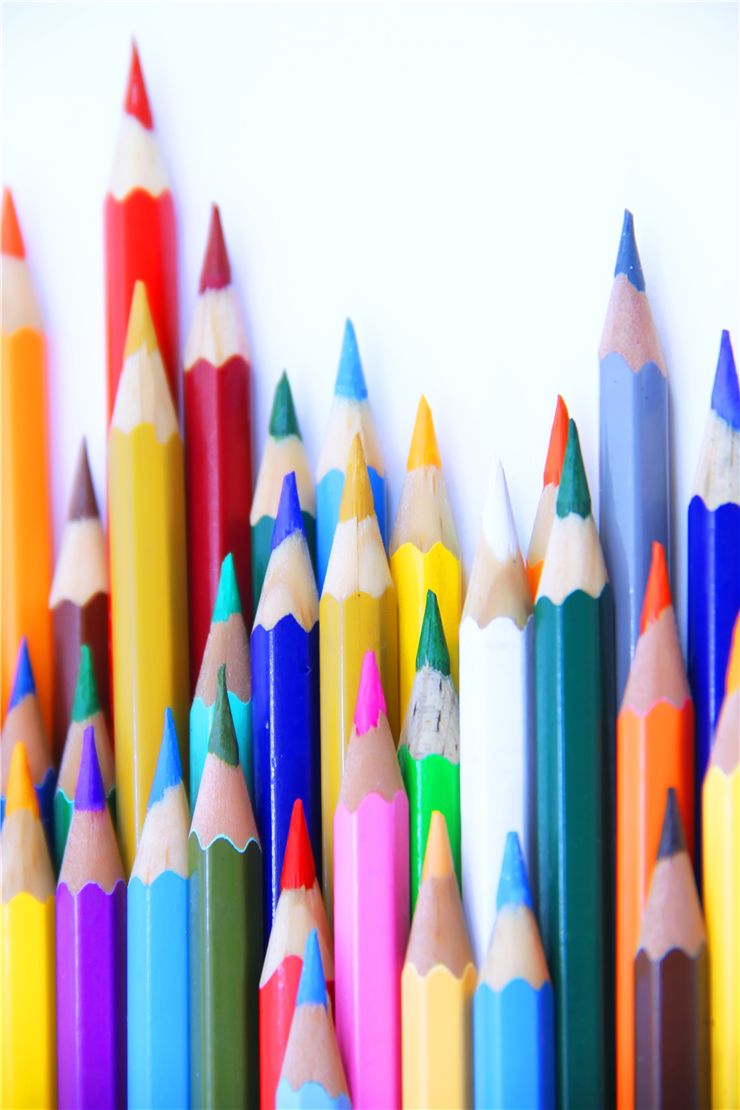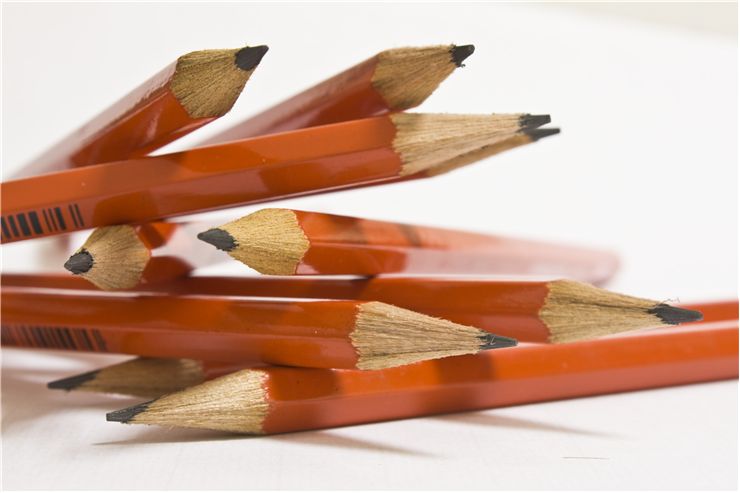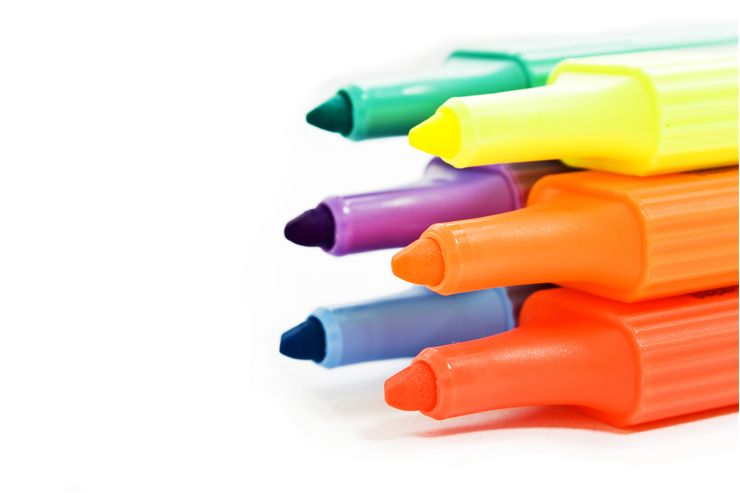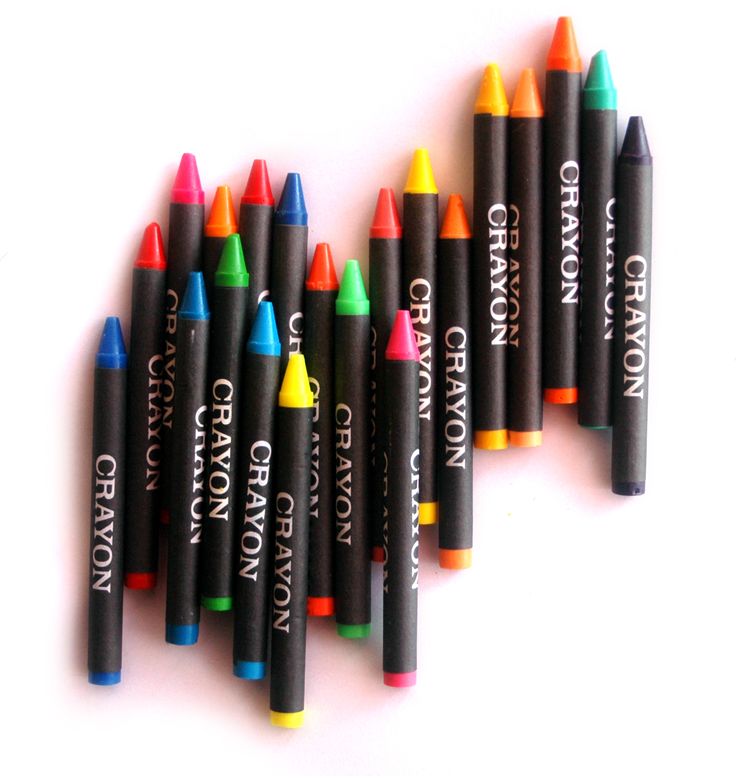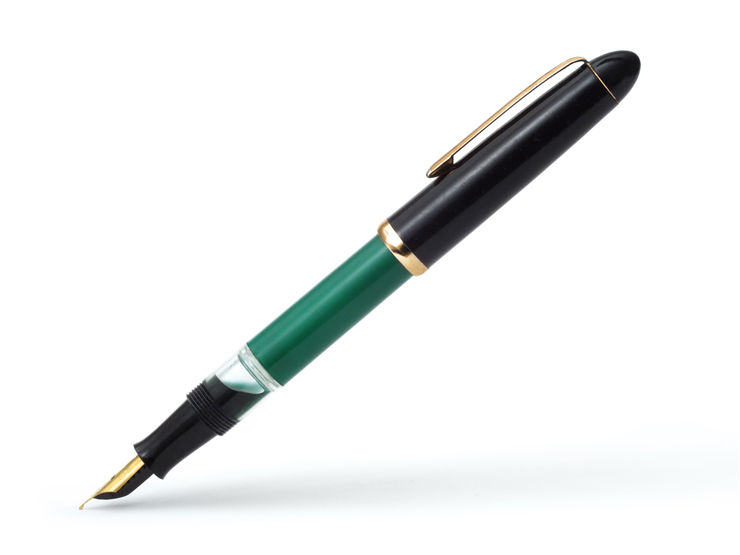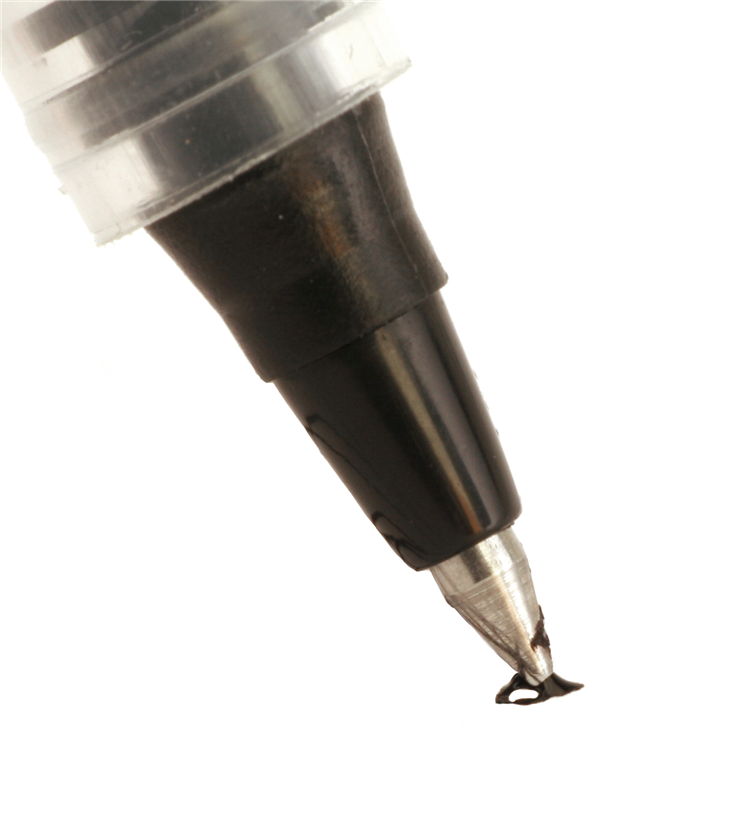History of Pencils and Pens
The history of pencils dates back to the discovery of graphite veins in England in the 16th century, which led to the creation of the first rudimentary writing instruments encased in wood or wrapped in string.
Some of the ancient writing tools (first used some 5000 years ago) are still used today despite the electronic technology we use for communication. They are often in modified forms, such as quills, ink brushes, chisels, styluses, etc.
Although these writing tools have evolved, their origins can be traced back to ancient civilizations and are still used in various forms today.
Writing Instruments History
Since we learned to talk, we tried to write what was said. We started with images and simplified them until we came to words and letters. We wrote these letters with crude tools, which became more and more perfect over time. Today we don’t use reed pens but gel pens.
Writing Instruments Inventors
Like many other inventions, ballpoint pens and fountain pens don’t have just one inventor. But there is usually one name that made something as we know it today; without whom, we wouldn’t use it. The same was with the ballpoint and fountain pen.
Writing Instruments Facts
Throughout history, we made different pens and pencils to serve us as needed. Today we have different types of writing and drawing, or we don’t use them that much anymore because we have better options.
Making Writing Instruments
Ballpoint pens and pencils look like simple writing instruments: they have pigment in their core and housing that protects the core from outer elements and outer elements from being stained by the core. But they are more complex - otherwise, we would have got pencils and ballpoint pens much earlier than we did.
Drawing Tools
Many drawing tools are used for drawing, draughting, and design. Drawing tools may be used for the measurement and layout of the drawing. They include pens, pencils, rulers, compasses, protractors, and other drawing utilities.
Brief History of Pencils and Pens
When information became so overwhelming that humanity couldn’t make memories, they began writing things; the first Neolithic writings date from the 6th millennium BC. The first writings were carved into wood and stone with stone and metal tools. Later we used styluses to write on wax tablets, brushes, chalk, and quills. But two writing tools are still popular today - pencil and pen (although most of our writing is electronic).
Pencil has a solid pigment core, usually in a protective wood, plastic, or paper casing. Its name comes from the French “pincel” (meaning “small paintbrush”), which in turn comes from the Latin “penicillins,” which means a "little tail." The history of the pencil began in the early 16th century when a large deposit of graphite was discovered in Cumbria, England. This deposit was very pure and solid. It could be sawn into sticks without too much problem, and people used it at first to mark sheep. Not knowing its true nature, people thought that graphite was a form of lead and called it “plumbago” (from Latin for "lead ore"). After it was discovered, it was used for cannonball molds, and because of that, graphite mines were owned and protected by the Crown. First, graphite sticks, the earliest pencils, were square and wrapped in string or sheepskin because graphite is brittle and does not leave marks on the user’s hand. England monopolized graphite pencils until the second part of the 19th century. Italian couple Simonio and Lyndiana Bernacotti invented the first wooden pencil in 1560. It was oval and similar to today’s carpentry pencil. A way of making pencils like we still do today (from two wooden parts glued together with a graphite center) was invented shortly after. During the Napoleonic Wars, France, unable to import graphite from England or Germany, was forced to invent something else. Nicholas Jacques Conté, an officer in Napoleon's army, mixed powdered graphite with clay and burned it in a kiln in 1795. He got a mixture that could be used as a core of pencils, shaped at will before burning, and whose hardness can be changed by controlling the ingredients in the mixture (if the mixture has more clay, the pencil will be harder, and its mark will be lighter). The same method is used today. Hymen Lipman came to the idea to attach an eraser to the end of a pencil in 1858. Today we have black pencils but also those that have pigmented wax-based cores in different colors. We also have solid graphite pencils with no casings, grease pencils that can write on any surface, charcoal, sepia, white, and even watercolor pencils. Depending on their use, we have carpenter's pencils that are oval and cannot roll from the desk, copying pencils that can be copied when moistened, and stenographer's pencils that are very hard to break. Some people use pencil extenders to use their pencils when they become stub.
Pens use ink to write on the surface and are ancient writing tools. They appeared for the first time in Ancient Egypt, where scribes used reed pens to write on papyrus, and it is assumed that they date from about 3000 BC. Quills, pens made from flight feathers of large birds, appeared in the 7th century, although reed pens stayed popular until Middle Ages. Modern metal pens appeared in the 18th century, although, for instance, a copper nib for a pen was found in the ruins of Pompeii. The first pens with metal nibs were mass-produced in 1822 by John Mitchell of Birmingham. The quality of steel nibs improved over time, and dip pens with metal nibs became popular writing tools. These pens were dipped in ink which stayed on the nib due to capillary action. But some pens had their reservoirs for ink and didn’t need to be dipped. They appeared for the first time in the 10th century but didn’t become popular until the 19th century and the appearance of a fountain pen in France. On October 30, 1888, John J. Loud patented a ballpoint pen. Slavoljub Eduard Penkala invented the first solid-ink fountain pen in 1907. László Bíró invented his ballpoint pen in 1938. Yukio Horie of the Tokyo Stationery Company, Japan, invented a variant of a reservoir-felt-tipped pen in the 1960s, a predecessor of today’s marker pens and highlighters. Rollerball pens used ballpoint writing mechanisms, and water-based liquid or gelled ink appeared in the 1970s. The 1980s and ‘90s saw improvements in the work of roller ball pens and pens with porous points made of some porous material like felt or ceramic.
Featured Articles
History of Quill Pens
Quills were the most sophisticated writing instruments for a long time (some 15 centuries). Many large birds gave their contributed to the spreading of knowledge until metal pens replaced feathers in writing. Here you can read more about the history of quill pens.
History of Colored Pencils
Compared with other art mediums, colored pencil is relatively new. It appeared at the beginning of the 20th century. But that doesn’t mean it is less worthy, especially when combined with other mediums. Here you can read more about colored pencil history.
History of Eraser
It is easy to write something. But what to do when you make a mistake? Erasers come to the rescue! Since we started to write, we have tried to find a way to fix our errors. We used clothes, rocks, and even bread until we discovered that rubber works better than any of that. Here you can read more about eraser history, facts, and types.
Types of Pencils
Throughout history, pencils have been irreplaceable in writing, drawing, and sketching tools. They are available in diverse types, including traditional graphite pencils, versatile mechanical pencils, and vibrant colored pencils. These instruments continually adjust to a wide array of artistic and functional needs.
How Pencils are made?
Pencils are made by encasing a thin graphite core, produced by mixing graphite and clay, within a wooden casing typically crafted from cedar and then shaped, painted, and finished with an eraser at one end. Here you can read more about the pencil-making process.
